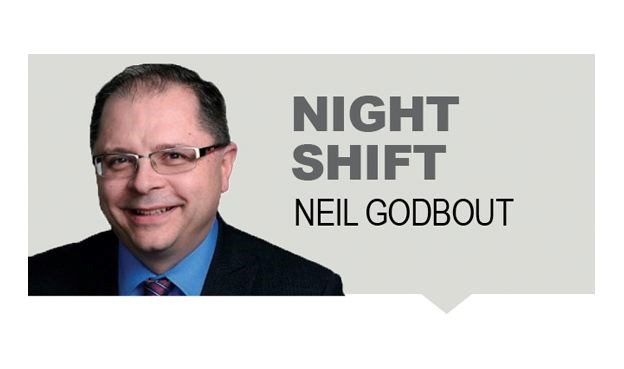Asking people to put something on their bodies to help protect themselves and others from a deadly disease isn’t new.
And it didn’t go over well then, either.
In the early 1980s, when AIDS was first identified, some public health officials, like a young Michael Osterholm, pleaded with gay men who regularly had sex with multiple partners to use condoms. The request was received with outrage, charges of homophobia and demands he and other doctors do their jobs and come up with treatments and a vaccine, instead of targeting homosexual lifestyles.
Only as time went on and AIDS ravaged the gay community did acceptance and change finally come. Public health doctors weren’t asking gay men to stop having sex, they were asking them to put a condom on while doing it to reduce their risk of getting sick. Transmission did decline as more gay men adopted condoms.
Osterholm tells that tale in his book Deadliest Enemy: Our War Against Killer Germs to explain how he acquired the nickname Bad News Mike in his home state of Minnesota. A straight-talking Midwesterner, then and now, Osterholm pulls no punches telling people what they need to hear, not what they want to hear.
In Deadliest Enemy, published in 2017, Osterholm said the next global pandemic was right around the corner and it could come in a variety of forms, from a new, deadly flu to the resurgence of a mosquito-spread disease like yellow fever, to Ebola or Zika or… a novel coronavirus.
In Osterholm’s world, rolling out a COVID-19 vaccine in 2021 is just the first of many essential jobs that need to be done in the years ahead. For starters, he and many others in his field are convinced a new global influenza pandemic is inevitable.
In their scenarios, the disease would have a fatality rate of 10 per cent and people would die quickly after showing symptoms, but not before they’ve spread it by simply breathing on others. In our connected world, global spread would happen so fast that closing borders would be like locking the door after thieves have looted your house.
Worst of all, it would, like the 1918 H1N1 pandemic that killed tens of millions of people in the aftermath of the First World War, hit young, healthy adults the hardest. Their young and healthy immune systems respond so quickly and effectively to the invading virus that they create a cytokine storm, where defending cells flood airways and trigger organ failure.
There is a solution, one well-known and promoted by epidemiologists for decades. There needs to be a massive, international collaborative effort that would require possibly trillions of dollars and take up to 10 years or more to create a universal flu vaccine, that could protect humans from all influenza strains.
And even if influenza was taken off the table, Osterholm and others see public health dangers everywhere, from bioterrorism and the overuse of antibiotics, both in medicine and in agriculture, to vulnerable supply chains for essential medical equipment and generic drugs produced exclusively in India or China and the lack of research to create new antibiotics and vaccines.
Plus, don’t forget about the ongoing unwillingness of people to change their behaviours to protect themselves and others.
More working from home.
More meetings conducted online, instead of in-person.
Far less business and tourism travel, especially internationally.
Far less running to the doctor with a runny nose and a sore threat, demanding a prescription for antibiotics.
Far more government and private sector spending on health research and stockpiling medical supplies (and less on military?).
Far more public adoption of voluntary public health orders.
Mandatory childhood and adult vaccinations.
Mandatory health screenings at border crossings, airports, hospitals and long-term care facilities.
It’s not just up to the doctors. We have to change our ways and do our part to protect ourselves and our loved ones.
But will we?



